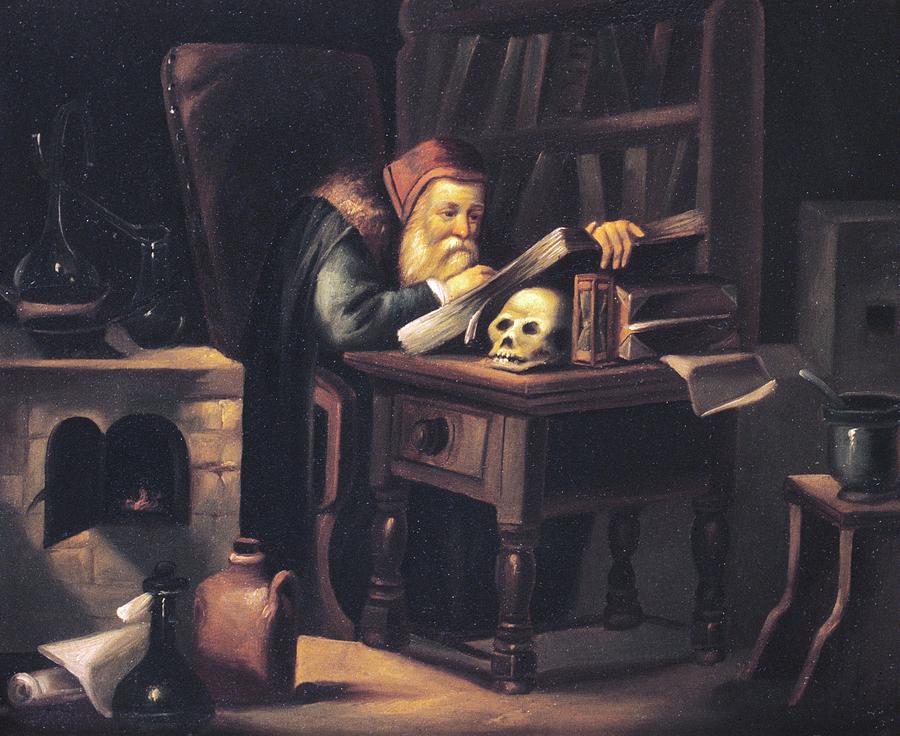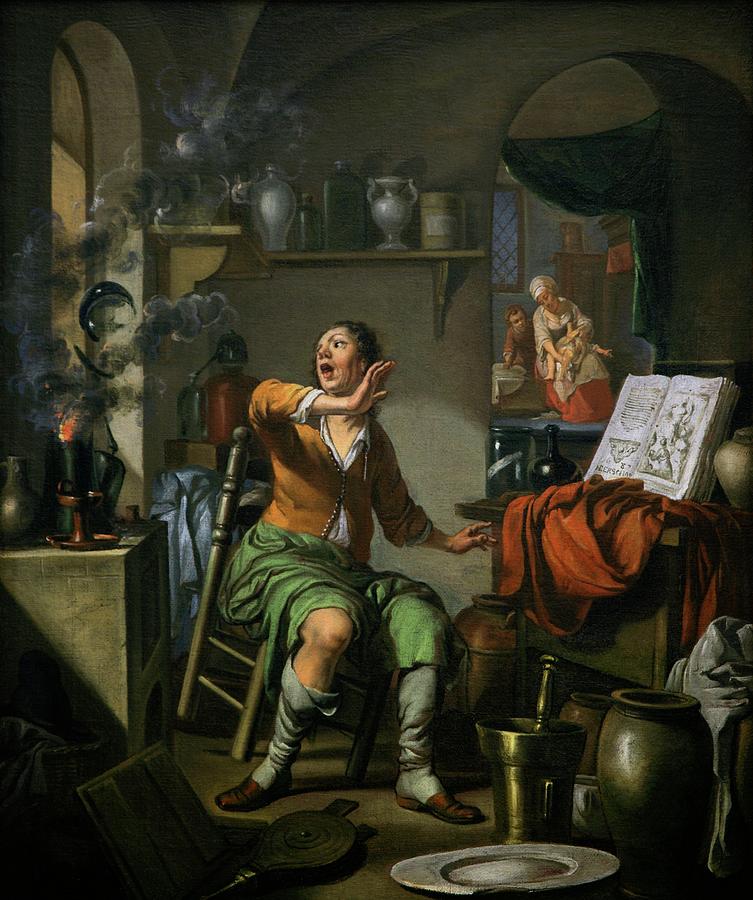

In industry Fortran was like latin, I could only use it to be annoying and Feynman path integrals can only be compared to violence. My knowledge of Fortran and Feynman path integrals just wasn’t cutting it. Despite how much I learned while in graduate school, I just didn’t have enough experience with python and data science to do well in interviews.

Upon graduation I stumbled through a series of failed interviews for quantitative analyst positions, quantitative researcher positions and data science positions. The process of transitioning from academia to industry wasn’t the easiest. Given my quantitative background I considered quantitative analyst and data scientist roles in industry. So upon graduation, I knew I wanted to have a job that had some realizable impact on the real world. Exactly.Ībout 5 people in the world (including myself) care about the equations above. The method I worked on was an extension of an approximation to quantum dynamics using the path integral representation of the quantum Boltzmann distribution. I loved the work I did in academia, but I simply didn’t feel that my work was having any impact on the real world. While I enjoyed my time at Cornell, I knew early on I wanted to pursue a quantitative discipline in industry. I studied quantum mechanics, classical mechanics, quantum chemistry, statistical mechanics and went down so many abstract math rabbit holes it was like a scene from Us. I mostly did pen and paper math and coded in Fortran. While at Cornell I worked on the development of mathematical models used to simulate the process of photosynthesis. Though my focus was on synthetic chemistry while in undergrad, I developed a strong interest in math and physics which led me to pursue a Ph.D in chemical physics at Cornell University in the Ananth Group. This led to a second author publication (I know, practically a coronation). One of the few NHC complexes that wasn’t uncrystallizable rust ( Source) Funny enough, I saw that a complete synthesis of this drug was published in 2015 (6 years later). While there I worked on the synthesis of a chemotherapeutic agent, Prunustatin A, though to no success. Through my participation in Intel, I started volunteering at an organic chemistry research lab at Long Island University (LIU). Medsci was for students who planned on being sentenced to premed and Intel was for students who wanted to work in research labs. Midwood offered programs like Medsci and the Intel Science Program, both of which I joined. During my sophomore year of high school, I took effort to get involved in the available science programs at my high school.

The rules of chemistry made logical sense and required less rote memorization than other science courses. In my sophomore year, I took AP chemistry which set the course for my subsequent academic and professional career path. In 2005 I started school at Midwood High School in Brooklyn. In middle school, I spent a month reading about glacial erosion and built a small demo to present to my earth science class. In the fifth grade, I remember working on a science project that involved making homemade glue. Growing up I was always interested in science.


 0 kommentar(er)
0 kommentar(er)
